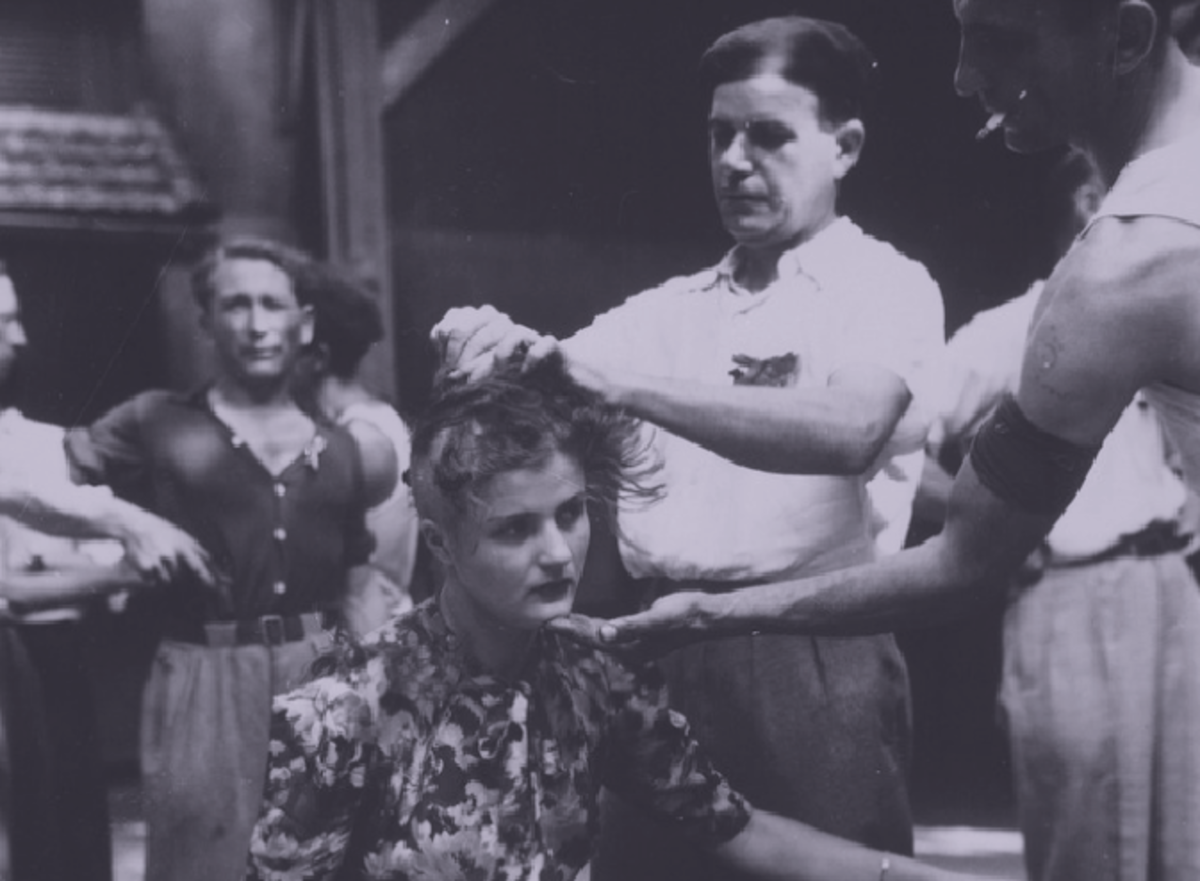Life for the Urban British Underclass: A Review of Domestic Service and Gender (in London) by Tim Meldrum
Domestic Service and Gender
Meldrum, Tim. Domestic Service and Gender, 1660-1750: Life and Work in the London Household. Harlow, UK and New York: Longman, 2000.
In Domestic Service and Gender, author Tim Meldrum argued that the idea of separate spheres between domestic servants and their masters is largely inaccurate. In this social history, Meldrum drew extensively from church court records for his evidence, although he also used some diaries, most notably that of Samuel Pepys.
Meldrum discussed the historiography of this topic extensively, but he directed much of this work against that of Lawrence Stone, who proposed that the seventeenth and eighteenth centuries saw a rise in personal space and privacy for domestic servants.
Samuel Pepys

Domestic Servants: A British Underclass
Domestic servants were very prevalent in England, particularly in London, in the seventeenth and eighteenth centuries. Most young people who immigrated to the metropolis worked as domestic laborers at one point or another. Most domestics tended to be female--three in four was the average. While many middle class households included domestic servants, only the upper middle class and wealthy typically employed male servants.
Privacy was not very common in London households. Often female servants would sleep in the same bed with their fellow servants or even with their mistress if the master was in an angry, drunken stupor. This lack of privacy often led to sexual misconduct among the servants or between the master/mistress and the servants. Both rape and consensual sexual activity were common.
Relations among masters and female servants were almost expected and even tolerated, but those between mistresses and male servants were highly discouraged. Sexual relations often led to pregnancy, and the court recordings are filled with such events. The proximity of servants also provided an opportunity for wandering superiors to protect the secrecy of their adulterous affairs through the transportation of love letters or by having servants simply stand guard.
Early Modern England
Gender and Work Among Domestic Servants
Men and women generally did different types of work. Women's work often included cooking, cleaning, and mending, while men's work typically involved outdoor labor such as the handling of horses. Males also worked as footmen that carried correspondence from the master or mistress to others outside the household.
Pay could be quite high for male servants in the wealthiest households. There was a large pay disparity between men and women servants, although this could be partly due to the wealth disparity between households, since only the wealthy tended to employ male servants. A part of servant wages often included room and board, which would not have been recorded as a cash wage. Meldrum found that wages were relatively high for servants during the seventeenth and eighteenth centuries because people saw the need to appear middle class.
Conclusions
Tim Meldrum's work shed a good deal of light upon the domestic service landscape in London and did a good job of disproving Stone's thesis. There was an extensive historiography that laymen may often find uninteresting, but it did a good job of setting Meldrum's work within the literature.
The main weakness of this book was the limited scope of its resources. It is likely that church court records would tend to show servants in a negative light, and because of their limited scope, the lives of many servants escaped Meldrum's view. Also, masters who kept diaries such as Pepys should not be viewed as common. Regardless, the author gave many interesting insights into the life of London servants.




